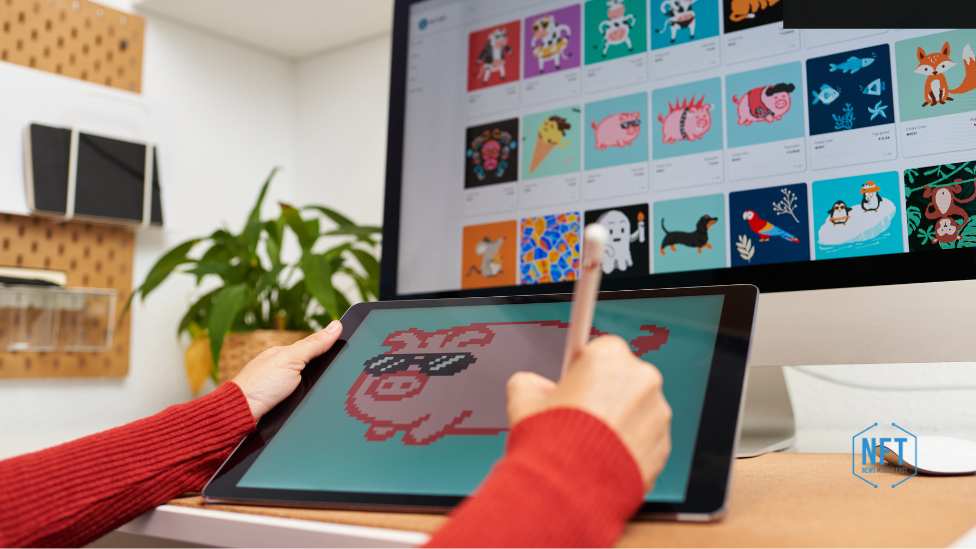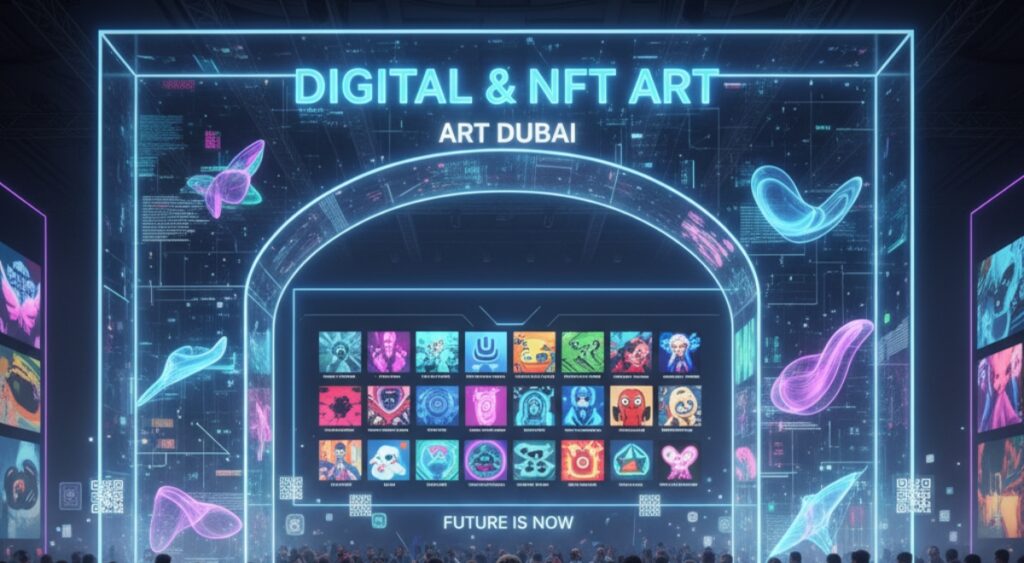Non-Fungible Tokens, or NFTs, are sweeping the digital world, transforming a wide range of sectors outside of entertainment and the arts. NFTs are being used in education and e-learning to improve student engagement, expedite procedures, and open up new opportunities for teachers and students. Let’s examine five ways that NFTs are revolutionizing the field of education.
5 Ways NFTs Are Being Utilized In Education And E-Learning
Digital Credentials and Certificates:
Paper diplomas and certificates have long been the norm in the traditional educational system, signifying academic accomplishment. On the other hand, NFTs are revolutionizing this procedure by offering a safe and unhackable digital substitute. NFT-based badges, certificates, and diplomas that are maintained on blockchain systems are now available for issuance by universities and other educational institutions. This guarantees that the credentials are unfalsifiable and readily verifiable. Graduates can provide prospective employers with their own NFTs, establishing an open and effective mechanism for credential verification.
Tokenized Learning materials:
A marketplace for learning materials is being established by utilizing NFTs to tokenize instructional information. By tokenizing it, teachers can use cryptocurrencies to sell or purchase interactive textbooks, tests, simulations, and other information. This gives content producers a new source of income and promotes the creation of interesting, high-quality instructional resources. In response, a range of individualized learning resources are available to students.
Gamification and Incentives:
NFTs are introducing the idea of gamification—which has shown to be an effective strategy for raising engagement in a variety of contexts—to the educational field. As a reward for finishing homework, contributing to class discussions, or hitting particular learning objectives, students might receive NFTs. The learning process is made more exciting and competitive by the possibility of these tokens having varying degrees of rarity or originality.
Ownership of Educational Assets:
By converting homework assignments, projects, and creative works into distinct digital tokens, NFTs let students assume ownership of their educational assets. Students can create a digital portfolio of their achievements and gain a sense of ownership as a result. These portfolios, which provide an extensive picture of a student’s academic experience, can be shared with prospective employers or utilized for college applications.
Decentralized Learning Platforms:
By upending conventional educational models, NFTs aid in the creation of decentralized learning platforms. When paired with NFTs, blockchain technology enables direct communication between teachers and students without the use of middlemen. Because of this decentralization, students can select from a wide variety of instructors and courses in a more individualized and welcoming learning atmosphere.
CONCLUSION
In conclusion, the process of incorporating NFTs into e-learning and education is dynamic and ever-changing. The potential uses of NFTs in education will probably only grow as blockchain technology develops further. NFTs are fueling a radical change in the way we approach and see education in the digital era, from gamifying learning experiences to reinventing credentials. Students all throughout the world could benefit from more accessible, interesting, and customized learning experiences because of the convergence of technology and education.
















